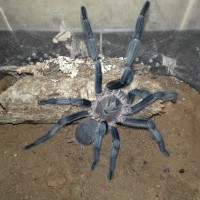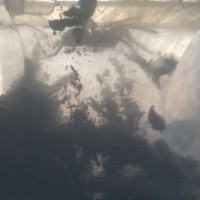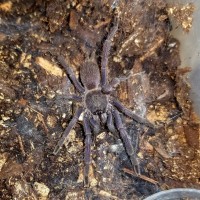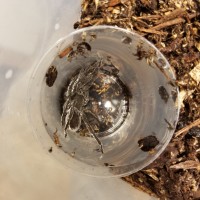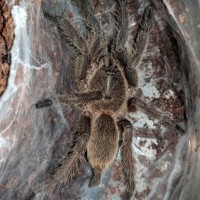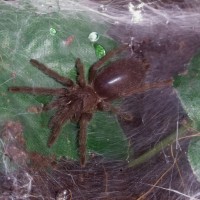My Chilobrachys sp. Cambodia blue is broken. It sealed up it's burrow and is staying out in the open. I think it's plotting revenge for the rehouse....
Media information
- Category
- Chilobrachys
- Added by
- Arachnophoric
- Date added
- View count
- 2,694
- Comment count
- 6
- Rating
- 0.00 star(s) 0 ratings
Image metadata
- Device
- samsung SM-G950U
- Aperture
- ƒ/1.7
- Focal length
- 4.3 mm
- Exposure time
- 51/10000
- ISO
- 50
- Filename
- 20180704_134323.jpg
- File size
- 5.3 MB
- Date taken
- Wed, 04 July 2018 1:43 PM
- Dimensions
- 2018px x 2061px

